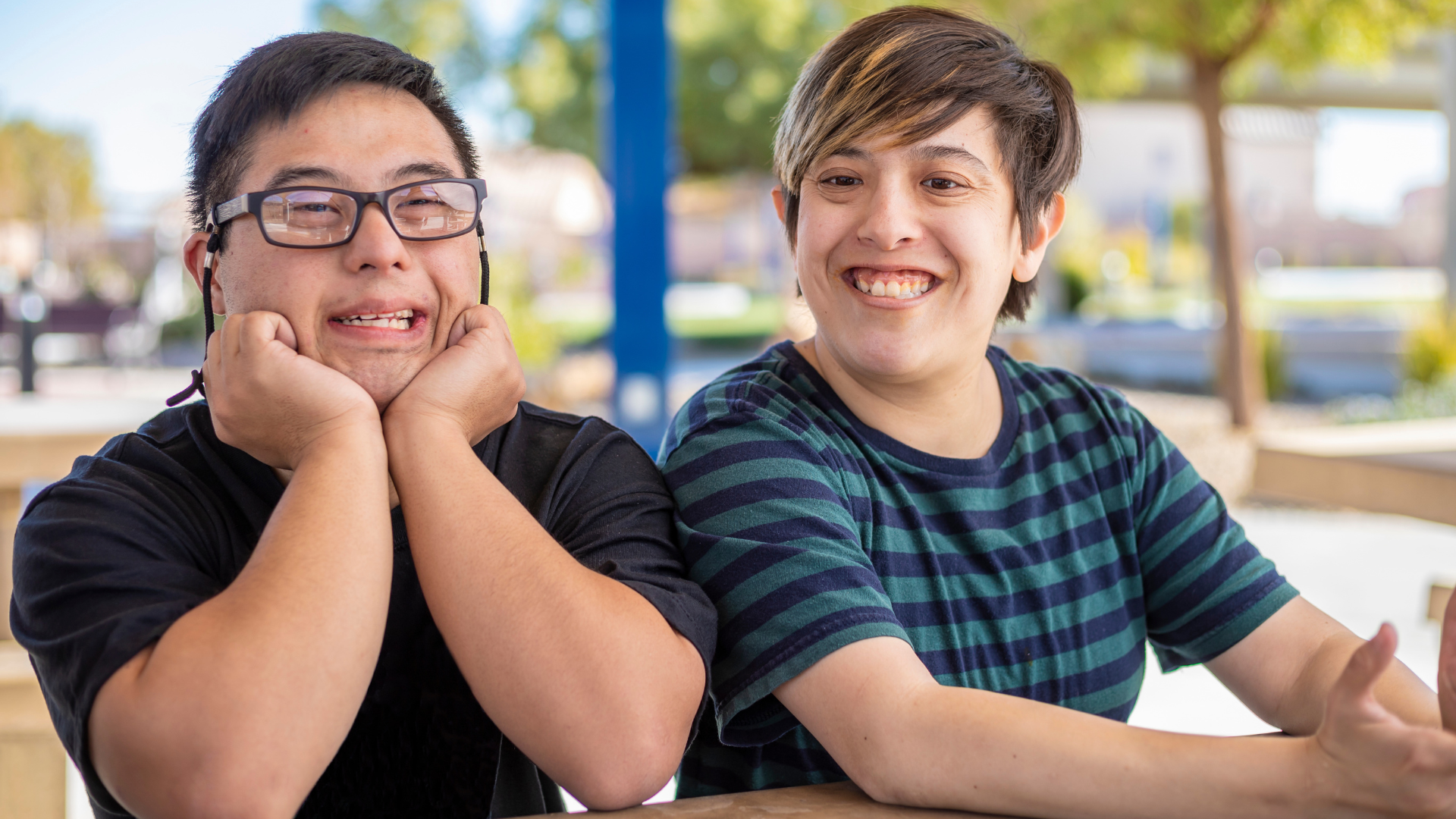How to Support Mental Health for Disabled Youth and Adults, Without Waiting Months for Therapy
If you’ve tried to schedule therapy for a disabled loved one lately, you know the drill:
"We’re full."
"We’re not accepting Medicaid."
"Our next availability is in 6 months."
Meanwhile, your person is struggling with anxiety, isolation, executive functioning, or shutdowns, and you’re told to “hang tight.”
Let’s be clear: therapy is powerful, but it’s not the only way to support mental health.
That’s exactly why we created the Disability Innovation Hub (DIH): to offer an accessible, community-based model that fosters connection, co-regulation, creativity, and support, without waitlists or clinical pressure.
What Mental Health Support Really Looks Like (Beyond a Therapy Office)
Mental health is shaped by:
Feeling connected
Having control over your time
Being seen without being pathologized
Belonging to a community that “gets” you
For disabled people, especially neurodivergent youth and adults, lack of access isn’t just about therapists. It’s about a system that doesn’t know how to support their sensory, social, or pacing needs.
At The Hub, we don’t replace therapy. We bridge the gap with something just as powerful: community.
What Happens When People Have a Place to Be
At the Hub, we’ve seen:
A member who hadn’t left the house in months show up and quietly build a puzzle
A parent cry in the kitchen, not because something was wrong, but because “we’re not alone anymore”
Teens who couldn’t handle school re-engage with art, D&D, and music, without being asked to perform or prove anything
This is mental health support in action, without the intake form, without the wait, without the clinical labels.
Where Providers Fit In, Without Taking Over
The Hub also partners with licensed professionals who use our space to meet clients in low-stress, natural ways.
Therapists, social workers, and somatic practitioners can:
Host groups in quiet corners
Offer gentle 1:1 sessions in familiar rooms
Introduce themselves through casual presence before starting any “work”
Let relationships form through consistency, not coercion
If you’re a provider who wants to work with this community differently, connect with us here.
If you’re a parent or adult trying to find the right “next step,” this model might be the missing piece.
Want to See It Yourself?
We invite you to visit. Come spend time with us through a free guest pass and see:
How mental wellness emerges when pressure is removed
How people connect organically
How creative expression, rest, and routine can replace shutdown and disconnection
You don’t need a clinical diagnosis or referral. You just need space, time, and people who understand the landscape.

